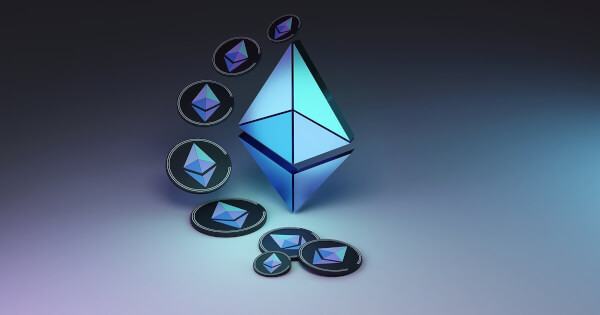
Wormhole Adds Support for Blast
Wormhole, a leading interoperability platform that powers multichain applications and bridges at scale, has announced that it now offers support for Blast, an Ethereum Layer 2 (L2) solution.
About Blast
Blast is the first Ethereum L2 to offer native yields for ETH and stablecoins, with default rates of 3.3% for ETH and 10% for stablecoins. As an optimistic EVM rollup, it provides a secure, low-cost, and developer-friendly execution layer where decentralized apps can be built on-chain, facilitating a seamless migration to L2 for any Ethereum-based application.
Blast’s Working Mechanism
The aim of Blast is to be a decentralized and permissionless platform, accessible to anyone who aspires to build scalable applications with Ethereum security guarantees. As an optimistic rollup, Blast processes transactions off-chain and then posts the data to Ethereum Layer 1 (L1), where potentially faulty transactions can be disputed. The native yield functionality is enabled by passing back the yields from decentralized protocols such as ETH staking and RWA (MakerDAO) to users automatically.
Technical Architecture of Blast
Blast’s technical architecture comprises of the Blast Node & Sequencer, which creates L2 blocks (orders transactions) and commits data to Ethereum L1, and the Rollup and Bridge, which are L1 Contracts that handle asset verification and enable communication with L1 (e.g., for token transfers).
How to Connect Your App to Blast
Developers who want to enable token transfers to and from Blast can do so using Wormhole Connect. This tool allows developers to bring wrapped and native token transfers directly into their application UIs and can enable bridging to and from all of Wormhole’s 30+ connected blockchains, not just Blast, and is secured by the Wormhole Guardians.
About Wormhole
Wormhole is an interoperability platform that gives developers access to liquidity and users on over 30 of the leading blockchain networks, enabling use cases that span DeFi, NFTs, governance, and more. Trusted by teams like Circle and Uniswap, the platform has facilitated the transfer of over 40 billion dollars through over 1 billion cross-chain messages to date.
Image source: Shutterstock
. . .
Tags
blockchain.news




